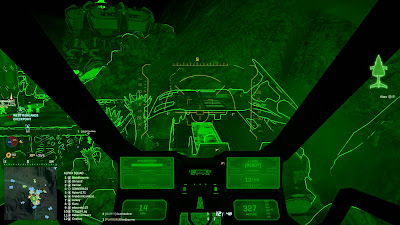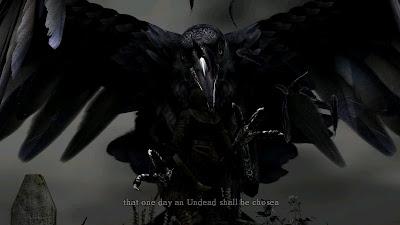Most developer interaction with MMOs is a one way street, usually
ramming trucks full of promotional material at gamers until release. Only to be
followed by a steady stream of patching and tweaks. There’ll be an obligatory official forum where
only the brave tread as it quickly devolves into a cess pit of whining and
cries for nerfs!
This is what makes Sony Online Entertainment (SOE) stand out
from other developers. When it comes to community interaction, they’re charting
some new territory and it could go either way for them. Of course they have an
official game forum like everyone else, but they have also gone all in when it
comes to social media.
Want to discuss game mechanics? Start an interesting topic
on Reddit and you’ll likely attract comments from the game’s balance team. Want
to show off your Outfit? Get in touch with Friday Night Ops (FNO) and you could
the focus of an SOE live stream. FNO is also great for keeping up to date with
the latest game development and includes a live Q&A with the developers.
On top of that, SOE recently released the Roadmap revealing
the next six months of updates. But rather than being an elaborate and lengthy
set of patch notes, it details the development team’s ideas. Each element is
can be discussed and voted on, highlighting the ideas the community wants to
see make it into the game. The most popular ideas get pushed up the list and
become the top priority for the next month’s major patch.
It’s great for the community to be able to actually affect
the game’s development in a way that suits the majority. The Roadmap does have
its limitations though. You can only contribute and vote on the ideas that are
added by SOE. And it’s noticeable that there’s a lack of meta-game ideas. Ideas
that would add more goals and rewards into the game for players to avoid the
game stagnating.
Realities of game development also play a big factor in the
game’s Roadmap. No matter how many positive votes an idea receives; if it’s a
large chunk of content like a brand new continent, it’s going to need some
lengthy development time.
Thankfully the Roadmap isn’t a completely inclusive list of
game changes. Balance tweaks are rather sensibly kept under tight control by SOE
themselves. Although they have already
shown how difficult it can be to balance an MMO in a way that all players agree
with. January’s game update took a large swing at the balance of main battle
tanks, with the Magrider in particular taking a heavy hit to its manoeuvrability.
The defining feature and advantage it holds over the other tanks. Now it was
easy to predict that any Vanu player would be annoyed by SOE’s heavy handed
approach to the changes, but the feedback was explosive. And SOE got this
rammed at them down every avenue they had opened for player feedback. The Vanu
population on every server didn’t just dip, it plummeted.
As it has since been revealed by Matt Highby, the game’s
creative director; the Magrider had suffered from some poor coding which had
exacerbated the nerf. But for me it showed the pressure they had put on themselves
by attempting something as ambitious as the current Roadmap schedule.
The amount of content they’re attempting to cram into a few
months of development is great for consumers like myself. However the cost of
this rapid development is clearly showing in the quality of the game patches. Part
of January’s major update was designed to improve performance on lower end
machines. The result was the complete opposite, throwing the game back to its launch
day instability. Each patch they release has to be chased up by hotfixes to
correct the most random bugs. One minor patch rendered all tanks useless for
twenty four hours as their shots vanished into thin air. Quite remarkable in a
patch that had nothing to do with them.
Of course Planetside 2 is still a very young game and I’m
judging it on only three months of development since release. So it’s easy to
be critical of any development flaws. But to me, it would appear that SOE are
overburdening themselves. All the means they have opened for player feedback
has increased the number voices demanding updates and responses. Even worse is
the amplified community response to any negatively perceived move by SOE. They
would do themselves a favour by putting the brakes on development to focus on
creating stable and bug free updates, and then ramp up their community
interaction. It will be interesting to see if SOE’s openness pays off for them
in the long run, especially as the first round of server merges has just been
announced.
























